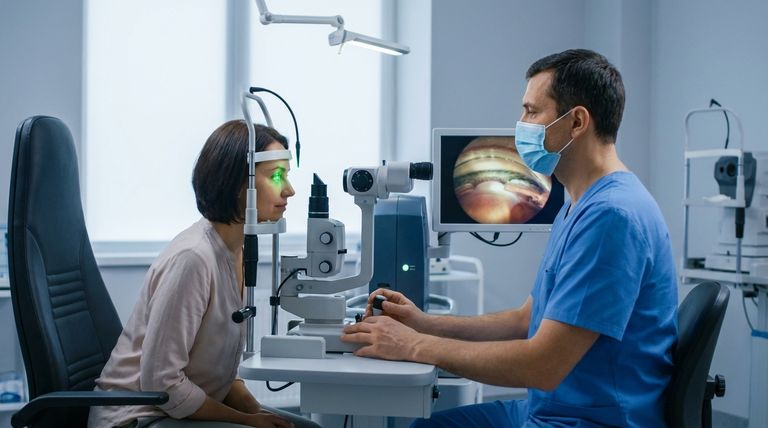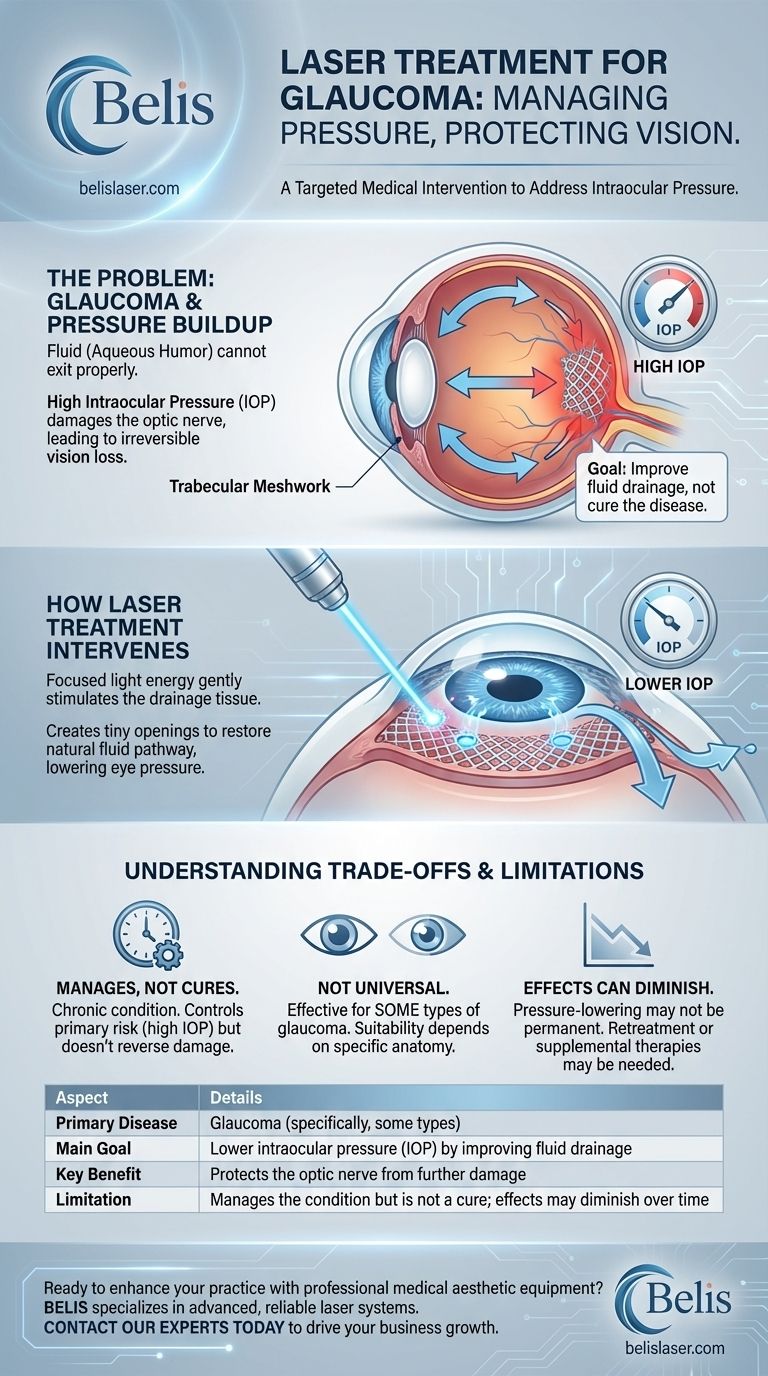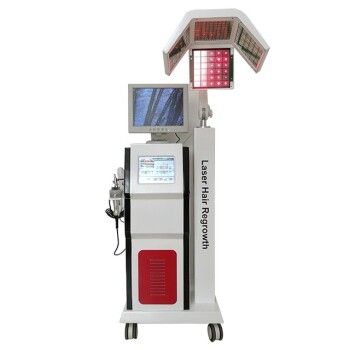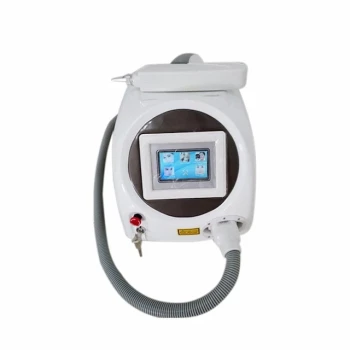In a medical context, one of the most common applications for laser treatment is managing certain types of glaucoma. It is a highly targeted procedure performed by an ophthalmologist, designed to improve the drainage of fluid from within the eye. This intervention directly addresses the core mechanical problem of the disease: elevated intraocular pressure.
The essential purpose of laser treatment for glaucoma is not to cure the disease, but to use focused light energy to improve the eye's natural drainage system, thereby lowering the internal pressure that can damage the optic nerve.
The Underlying Problem: Pressure Buildup in Glaucoma
Glaucoma is a condition characterized by damage to the optic nerve, which is often caused by abnormally high pressure inside your eye, known as intraocular pressure (IOP).
The Role of Eye Fluid (Aqueous Humor)
Your eye continuously produces a clear fluid called aqueous humor, which circulates inside the front portion of your eye. In a healthy eye, this fluid drains out through a spongy tissue called the trabecular meshwork at a rate equal to its production.
When the Drainage System Fails
In many types of glaucoma, this drainage system becomes less efficient or blocked. Fluid cannot exit the eye properly, causing the pressure inside to rise. This sustained high pressure puts stress on and eventually damages the delicate fibers of the optic nerve, leading to progressive and irreversible vision loss.
How Laser Treatment Intervenes
Laser treatment for glaucoma is a precise, non-invasive procedure designed to address the drainage blockage directly. It is typically performed in an eye doctor's office.
A Tool for Aiding Drainage
The laser is not used to cut tissue away in the way you might imagine. Instead, it applies focused beams of light to the eye's drainage tissue (the trabecular meshwork).
Restoring the Natural Pathway
This energy gently stimulates or creates tiny openings in the meshwork, making it easier for the aqueous humor to drain out. By restoring a more normal outflow of fluid, the procedure effectively lowers the pressure inside the eye, protecting the optic nerve from further damage.
Understanding the Trade-offs and Limitations
While effective, it is crucial to understand that laser treatment is a management tool, not a definitive cure for glaucoma.
It Manages Symptoms, It Doesn't Cure the Disease
Glaucoma is a chronic, lifelong condition. The laser helps control the primary risk factor (high IOP), but it does not reverse any damage that has already occurred or eliminate the underlying disease process.
Not a Universal Solution
As the reference indicates, this procedure is effective for some types of glaucoma. Its suitability depends on the specific anatomy of the patient's eye and the type of glaucoma they have. Your ophthalmologist will determine if you are a good candidate.
The Effects Can Diminish Over Time
The pressure-lowering effect of the laser procedure may not be permanent. Some patients may require a repeat treatment years later or need to supplement it with other therapies, such as medicated eye drops.
Making the Right Choice for Your Condition
Understanding the role of laser therapy allows you to have a more informed discussion with your doctor about your long-term treatment plan.
- If your primary goal is to manage newly diagnosed glaucoma: Understand that laser therapy is one of several important tools, alongside medication, that can be used to control eye pressure effectively.
- If you are considering this procedure: Discuss the specific benefits and potential limitations for your type of glaucoma with your ophthalmologist to set clear expectations.
This targeted laser intervention represents a powerful method for managing the mechanics of glaucoma and protecting your vision.

Summary Table:
| Aspect | Details |
|---|---|
| Primary Disease Treated | Glaucoma (specifically, some types) |
| Main Goal | Lower intraocular pressure (IOP) by improving fluid drainage |
| Key Benefit | Protects the optic nerve from further damage |
| Limitation | Manages the condition but is not a cure; effects may diminish over time |
Ready to enhance your practice with professional medical aesthetic equipment?
BELIS specializes in providing advanced, reliable laser systems and other medical aesthetic equipment for medical aesthetics clinics and premium beauty salons. Our technology can help you offer effective, targeted treatments to your patients, improving their outcomes and your clinic's reputation.
Contact our experts today to discuss how our solutions can meet your specific needs and drive your business growth.
Visual Guide

Related Products
- Multifunctional Laser Hair Growth Machine Device for Hair Growth
- Q Switch Nd Yag Laser Machine Tattoo Removal Nd Yag Machine
- 7D 12D 4D HIFU Machine Device
- Fractional CO2 Laser Machine for Skin Treatment
- Diode Laser SHR Trilaser Hair Removal Machine for Clinic Use
People Also Ask
- Do laser caps really regrow hair? A Science-Backed Guide to Effective Hair Regrowth
- How effective is LLLT for hair? Clinically Proven to Boost Hair Growth by 35%
- What does the SHR do? The Gentle, Pain-Free Revolution in Laser Hair Removal
- Are IPL machines safe? Understanding Skin Tone Compatibility for Safe At-Home Use
- Which frequency is best for hair growth? Discover the Science Behind 50 Hz EMF Therapy



















